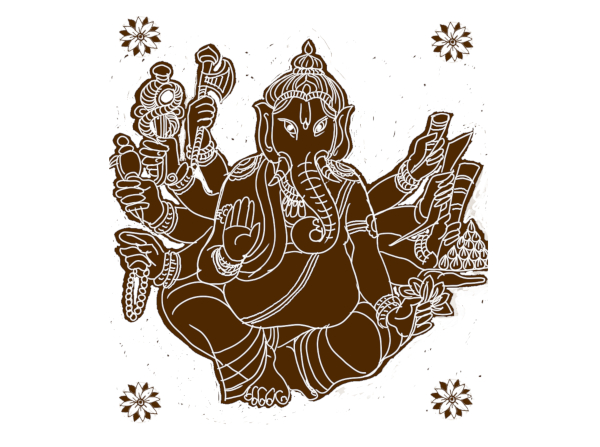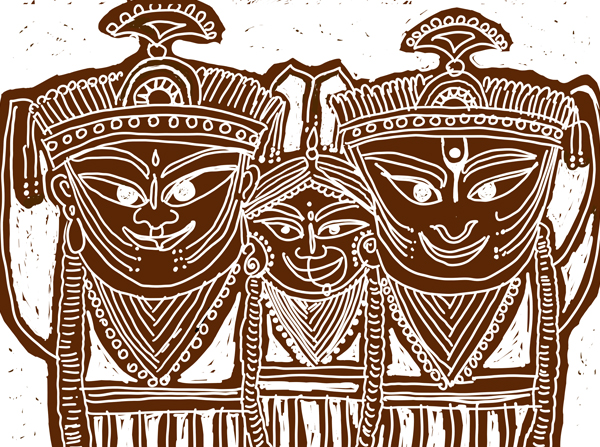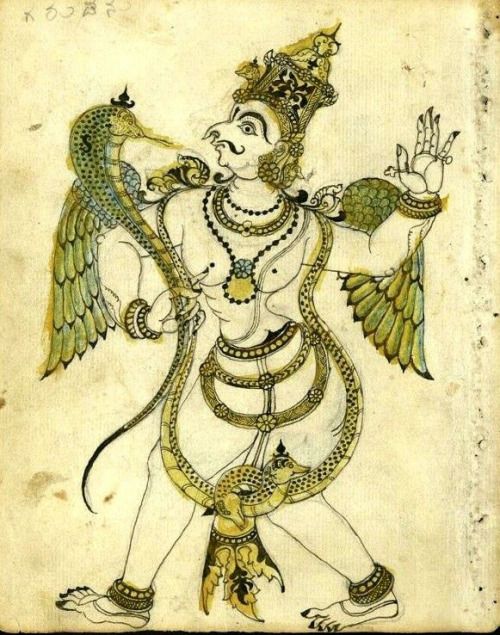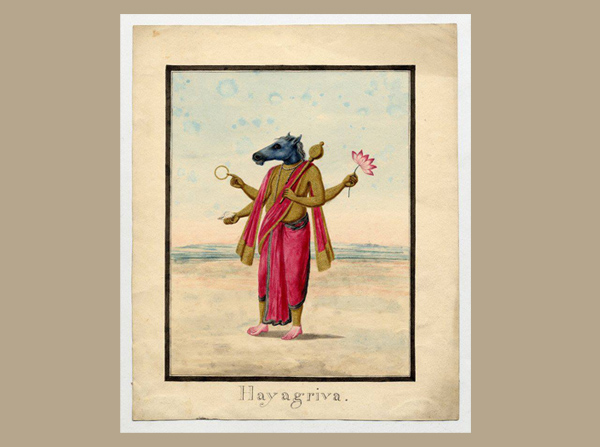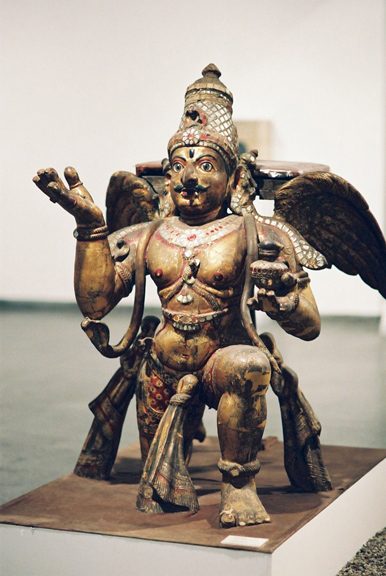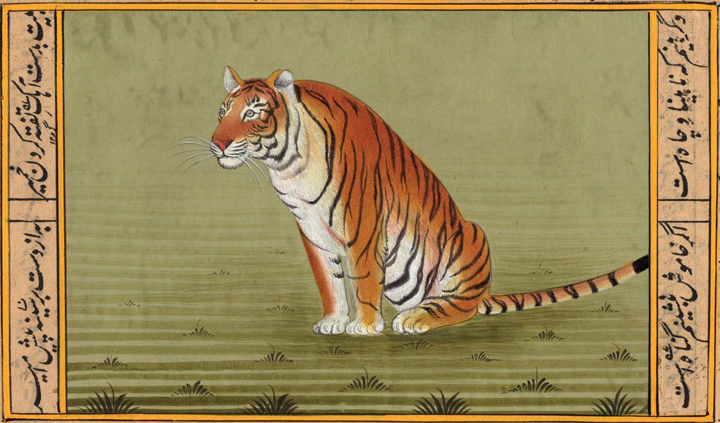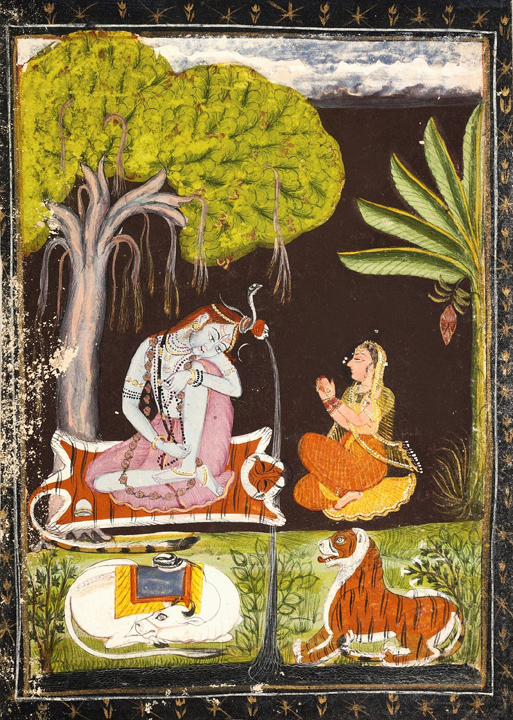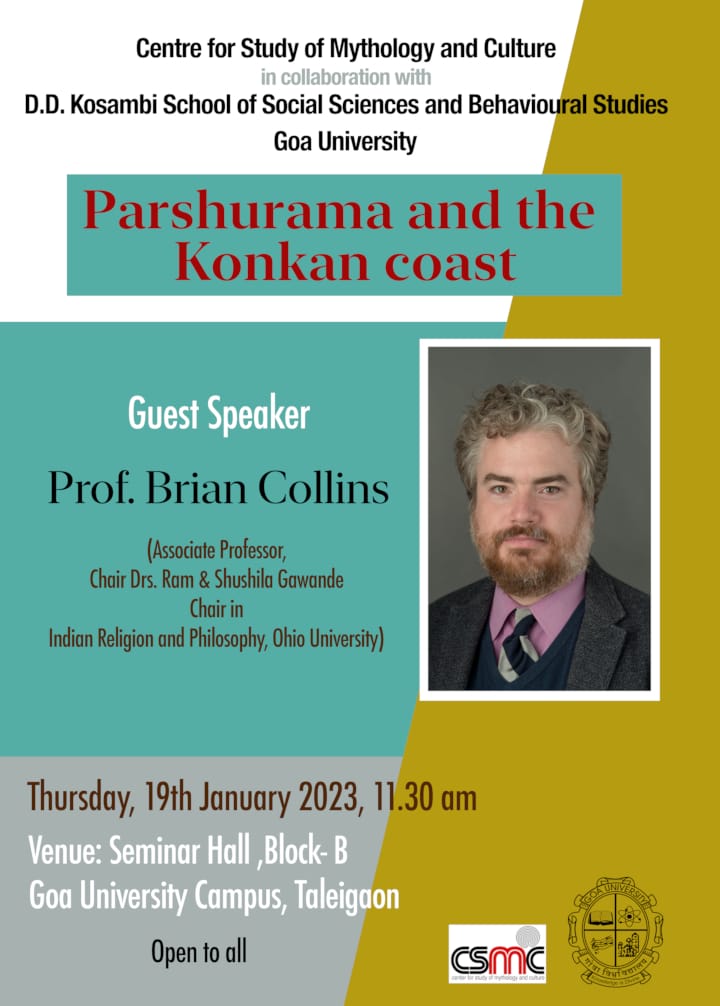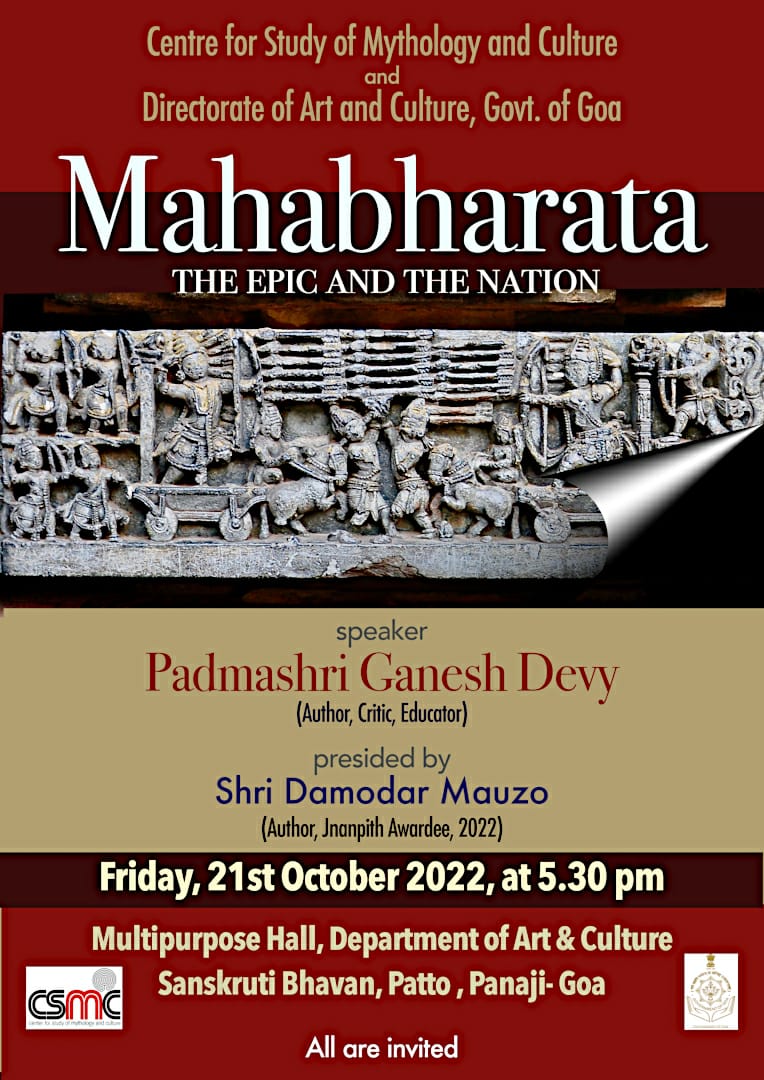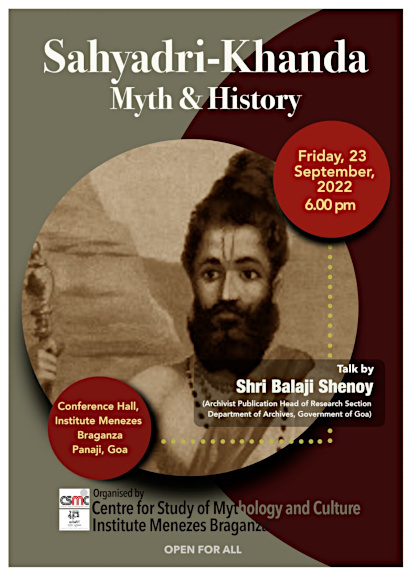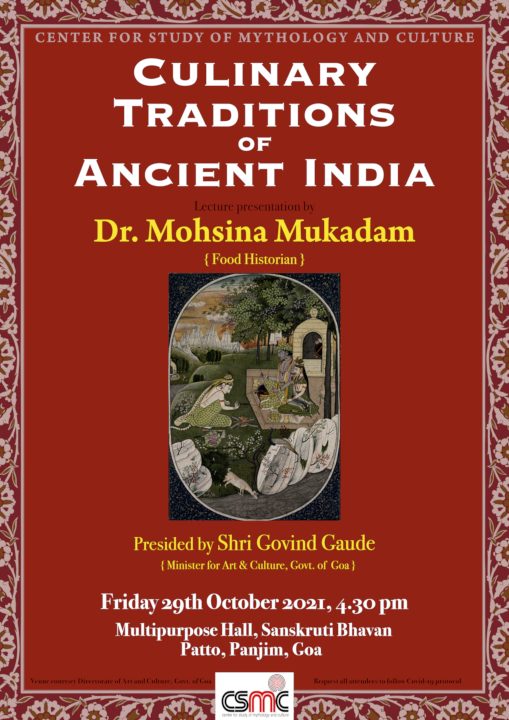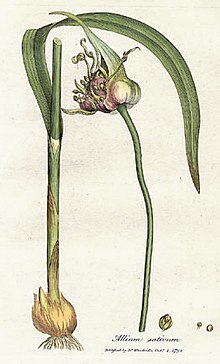
We all know that garlic is an important ingredient in Indian cooking. According to Ayurveda, the medicinal and healing qualities of garlic makes it a remedy for many ailments. There is an interesting tale mentioned in the Puranas explaining how garlic came into existence.
In the beginning the Gods and asuras decided to find nectar or Amrita, the potion of immortality that would make them immortal. They knew this nectar was at the deepest level of the cosmic ocean and the only way to bring it out of ocean was by churing the whole ocean, and it was not going to be an easy task. So the Gods and asuras decided to collaborate on the task with the understanding that once they get the nectar they would share it equally among themselves.
To churn the cosmic ocean they needed a giant staff and a giant rope. Gods requested Vasuki the great Naga K ing to be the churning rope and mount Mandara was to be the churning staff. Vishnu assumed the form of a tortoise and dived deep into the bottom of the ocean and placed mount Mandara on his back to prevent it from sinking. Once these preperations were in place, Gods and asuras stood on either side of the Mandara and started churning the ocean using Vasuki as the churning rope.
As they kept churning the cosmic ocean, fourteen ratnas or treasures floated out of the cosmic ocean, these included Lakshmi, Apasara, Kamadhenu, Airavata, Uchhaishravas, Kaustubh, Parijat, Sharang, Chandra, Dhanavantari, Halahal, Shankh Jyestha and Kalpavriksha. The last ingredient to come out was the coveted Amrit, the pot containing the nectar of immortality. The moment the pot of nectar emerged out of the sea, Rahu an asura jumped down and grabbed it and took off running. The Gods chased Rahu and as they were about to grab him, he began to gulp down the nectar because he knew the gods could snatch it away from him. Indra, the leader of the gods, realising that Rahu had gulped a mouthful of nectar swiftly chopped off Rahu’s head before the nectar could reach his body. Thus the gulp of nectar Rahu had taken in his mouth fell to the earth. Out of this mouthful of nectar that fell many medicinal herbs sprung up and Garlic was one of the plants that germinated from the nectar of immortality.
According to the belief, Garlic is never offered as naivaidya or religious offering of food to the gods because garlic germinated from the nectar that fell out of Rahu the asura’s mouth.
The story collected by: Vidya Kamat
Story sent by Ranjana Ashok
Location : Pan India
Image Source; Wikipedia
